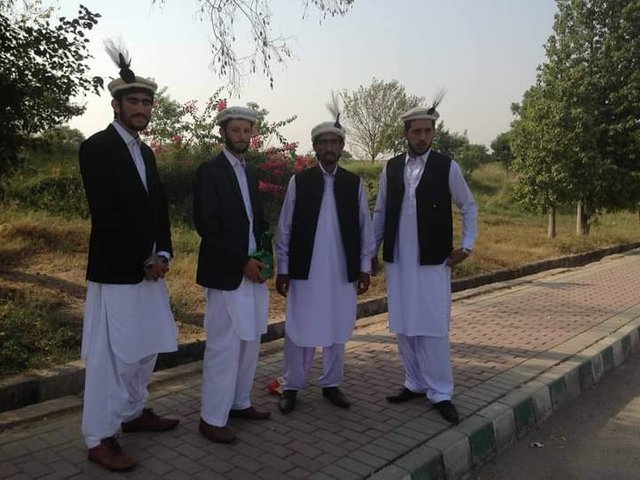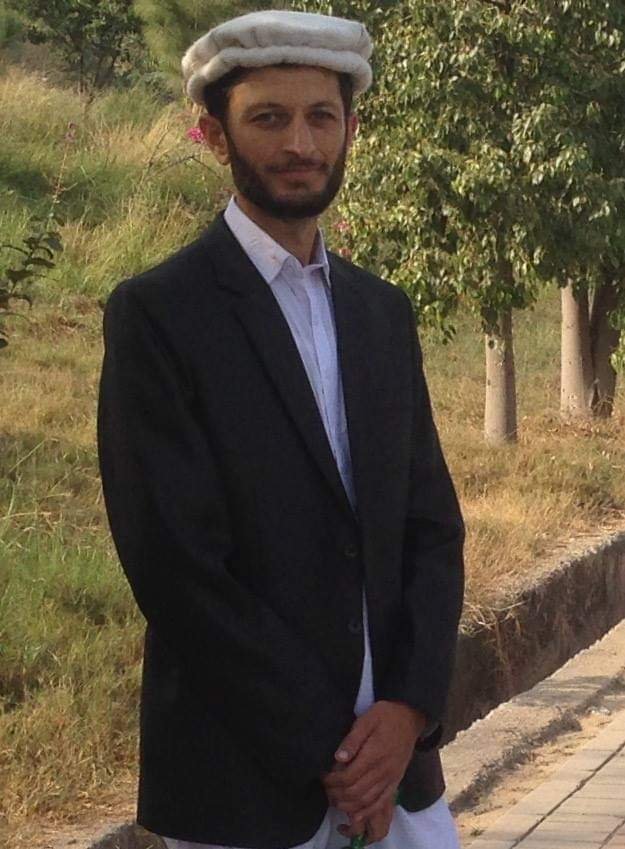Culture of my homeland..
Hello steemit members! Today my topic is culture of Gilgit Baltistan as I have mentioned in my earlier post about Gilgit Baltistan here I will specifically tell you about the culture of Gilgit.
Gilgit-Baltistan is inherited by people from different sects and they have a diversity of their culture, customs and traditions. The cultural heritage of Gilgit-Baltistan, Pakistan manifests itself in local traditions, music,local dress and traditional foods etc.
Here I will one by one tell you about Gilgit Baltistan culture
Gilgit Baltistan is, perhaps, the most spectacular region of Pakistan in terms of its geography and scenic beauty. Here world’s three mightiest mountain ranges: the Karakoram, the Handukush and the Himalayas – meet. The whole of Gilgit Baltistan is like a paradise for mountaineers and trekkers. Its borders the territory of Azad Kashmir to the south, the province of Khyber Pakhtunkhwa to the west, Afghanistan to the north, the Xinjiang autonomous region of China to the east and northeast and the Jammu and Kashmir state of India to the southeast.
INTRODUCTION:
In 1948 the Republic of Gilgit-Baltistan emerged on the map of the world. The people of the region fought their own war against the Dogra Raj and won their freedom . In 2009 Gilgit Baltistan became fifth province of Pakistan, not province but provincial setup. Capital : Gilgit Districts are seven(7) Skardu, Gilgit, Hunza Nagar, Diamer, Astore, Ganche. Largest City: Skardu Population: 1,800,000. Area : 72,496 km², Density 25/km2(64/sq mil) Intro cont…..
- Urdu and English are the official languages. Balti: The Balti dialect, a sub-dialect of Ladakhi and part of the Tibetan language group, is spoken by the entire population of Baltistan.
SHINA LANGUAGE:
The Shina language (with several dialects such as Asturjaa, Kharuchaa, and Chilasi) is the majority language of the population, spoken mainly in Gilgit, Astore, throughout Diamir, and in some parts of Ghizer, Hunza-Nagar and in the Baltistan region Khowar/Chitrali Languages
BURUSHASKI:
Burushaski is the second largest language spoken in Gilgit including Hunza, Nagar, Yasin (where Khowar is also spoken), in some parts of Gilgit, and in some villages of Punial. Another interesting language is Domaaki, spoken by musician clans in the region. Wakhi: Minor languages spoken in the region include Wakhi, spoken in upper Hunza, and in some villages in Ghizer Languages cont…
RELIGIOUS FESTIVALS:
Religious festivals Eid ul Azha Eid ul Fitar Cultural Festivals Jashn e Baharan Shandoor Polo Festival Babusar Polo Festival There are religious and social festivals celebrated by the people of Gilgit Baltistan.
The Gilgit Baltistan’s people way of life is mostly the joint family system. Which signifies their deep love for the family's solidarity and welfare. Family System
MARRIAGES:
Marriages are solemnized in presence of Nikah khwa and witnesses. Life partners are commonly selected within the family.A negligible fraction of love marriages, all marriages are arranged. Divorce rate is very low. MARRIAGE SYSTEM:
Mahandi Barat Walima Marriage cont….
DRESS
Men usually wear white shalwar kameez with white gilgiti cap. Men Dress Women usually wear, Loose kameez Shalwar. Cap with some silver touch. Silver Jewelry with Antique stones. Women Dress
DANCE:
Dance The famous trio band music is played in this region. On the rhythm of this loud music men love to dance in their typical way.
1#This dance is performed by more than one man wear some old style dresses and wear local hat and dance. Old Man Dance
This unique dance is performed by men taking one sword in right and Shield in left. One to six participants as pair can dance. Sword Dance
This unique dance is performed by a man wear earlier period dress, long leather shoes and a stick has in hand. Cow Boy Dance
MUSIC:
Alghani: The people of Gilgit, Ghizer Yasin, Puniyal, and Gupis call this rhythm as Alghani. Ajoli: During departure of bride and groom from house this rhythm is used in different parts of Gilgit. Souse: A martial rhythm and it has a fast rhythm and is used specially in sword dances. Dani: Dani is the name of a traditional music used in Hunza which links to Tibet, Baltistan and Laddakh.
Types Of Music:
Musical Instruments Instruments commonly used in Gilgit Baltistan are, Dadang (drum), Damal and Surnai while some other instruments like Sitar, Gabi(flut) Rabab and duff represent the different areas.
CUSINE/FOOD:
Marzan Hrsapkhur Kiseer Drum fiti Prapo Rgearatee roti Namkeen tea Balay
Polo Neza Bazi Tapoo Ip Ip Sports
here I will upload some pictures of my culture...


Nice post. if you haven't Get the recent prize from bittorent for steem community don't get behind Sign in Now CLICK HERE and claim your BTT now
Thank you